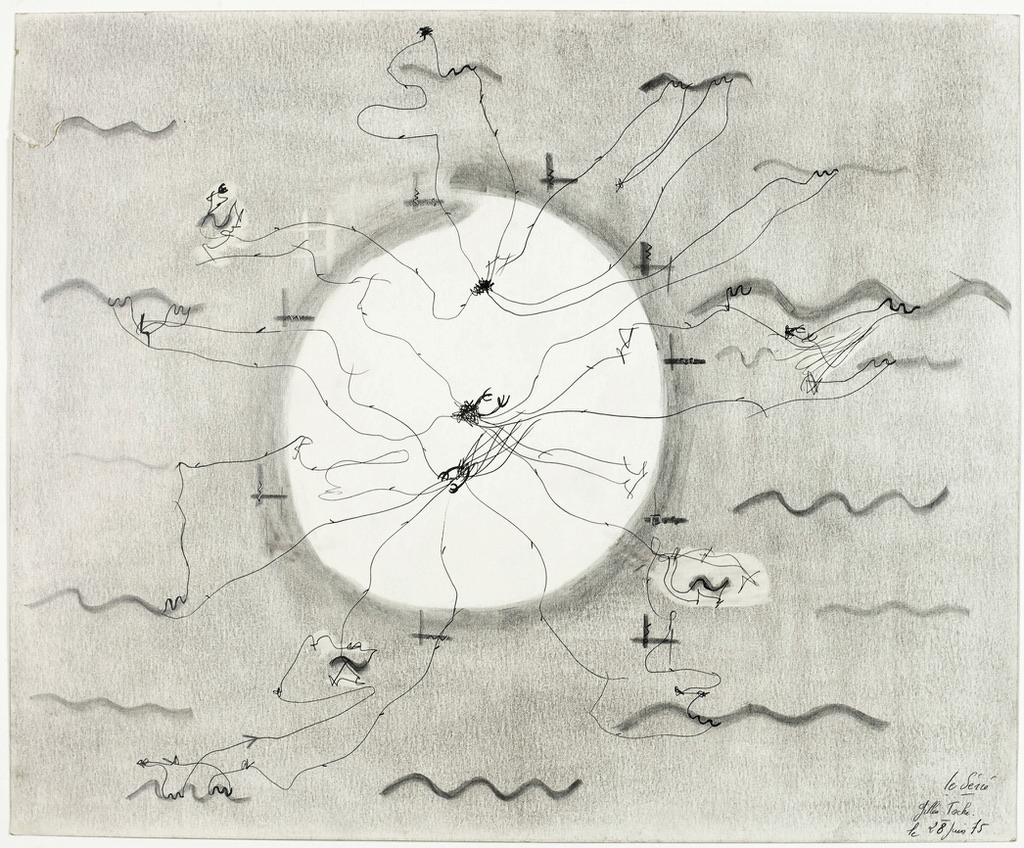It urged member states “to give appropriate recognition to the specific needs of individuals affected by autism spectrum disorders and other developmental disorders in policies and programmes related to early childhood and adolescent development, as part of a comprehensive approach to address child and adolescent mental health and developmental disorders.” Additional resolutions included dedicating resources to research, education, and “to strengthen different levels of infrastructure for comprehensive management of autism spectrum disorders and other developmental disorders, as appropriate, including care, education, support, intervention, services and rehabilitation.”
“What is autism?” Neuroclastic, ➝.
Charlotte M. Pretzsch, James L. Findon, and Declan G. Murphy, “Autism Spectrum Disorders in Adults.” In: Charlotte M. Pretzsch, James L. Findon, and Declan G. Murphy, The Oxford Handbook of Adult Cognitive Disorders, Michael L. Alosco and Robert A. Stern, eds. (Oxford University Press, 2019), 357–377.
Georg Simmel, “The Metropolis and Mental Life,” The Sociology of Georg Simmel (New York: Free Press, 1950), 324.
Ibid., 325.
Ibid., 338.
Leslie Topp, Freedom and the Cage: Modern Architecture and Psychiatry in Central Europe, 1890-1914 (University Park: Pennsylvania State University Press, 2016).
See the popular publication Asperger’s Children (New York: W. W. Norton & Company, 2018), by Edith Sheffer, for a comprehensive history of Asperger’s methods of diagnosis and control, involvement in state-run psychiatric activities resulting in genocide, and other points of interest.
See Lorna Wing, “Asperger’s Syndrome: A Clinical Account,” Psychological Medicine 11, no. 1 (1981): 115–129.
T. H. McGlashan, “Eugen Bleuler: Centennial Anniversary of His 1911 Publication of Dementia Praecox or the Group of Schizophrenias,” Schizophrenia Bulletin 37, no. 6 (2011): 1101–1103.
Dr. Grunya Sukhareva is an often-overlooked protagonist in the history of autism studies. Leo Kanner was aware of her work, citing her in 1949. Hans Asperger likely also knew of her work, but may have chosen not to cite or mention her because she was Jewish. See Annio Posar and Paola Visconti, “Tribute to Grunya Efimovna Sukhareva, the Woman who First Described Infantile Autism,” Journal of Pediatric Neurosciences 12, no. 3 (2017): 300–301.
Steve Silberman, NeuroTribes. (Penguin Publishing Group, 2015). See also Herwig Czech, “Hans Asperger, National Socialism, and ‘Race Hygiene’ in Nazi-Era Vienna,” Molecular Autism 9, no. 1 (2018): 1–43.
See Amit Pinchevski and John Durham Peters, “Autism and new media: Disability between technology and society,” New Media & Society 18, no. 11 (2016). The authors describe how new media technologies have become critical tools for autistic communication and organization.
See Camille Robcis’s recent publication Disalienation: Politics, Philosophy, and Radical Psychiatry in Postwar France, 2021.
As Susana Caló and Godofredo Pereira note, “the design of hospitals or clinical centers has always been a part of broader projects, concerning not only the types of health care provision, but also their relation with the wider territory.” Susana Caló and Godofredo Pereira, “ICERFI: From the Hospital to the City,” London Journal of Critical Thought 1, no. 2 (2017).
Felix Guattari, Psychoanalysis and Transversality: Texts and Interviews 1955–1971 (Cambridge: MIT Press, 2015), 118.
For a brief biography of Deligny, see Leon Hilton, “Mapping the Wander Lines: The Quiet Revelations of Fernand Deligny,” Los Angeles Review of Books (2015), ➝.
Fernand Deligny, Drew Burk, and Catherine Porter, The Arachnean and Other Texts (Minneapolis: Univocal Publishing, 2015), 34.
Fernand Deligny, Sandra Alvarez de Toledo, and Cyril Le Roy, Maps and Wander Lines (Paris: L'Arachnéen, 2013).
Sabel Gavaldon, “Flowers That Matter.” In: Lossy Ecology, Louisa Martin ed. (2017), 68–69.
Deligny, Burk, and Porter, The Arachnean and Other Texts, 37.
Deligny, Burk, and Porter, The Arachnean and Other Texts, 35.
